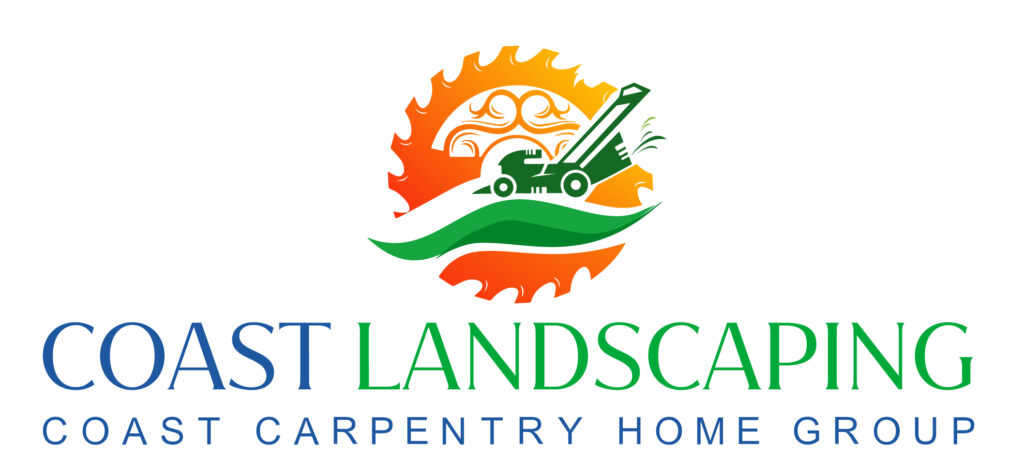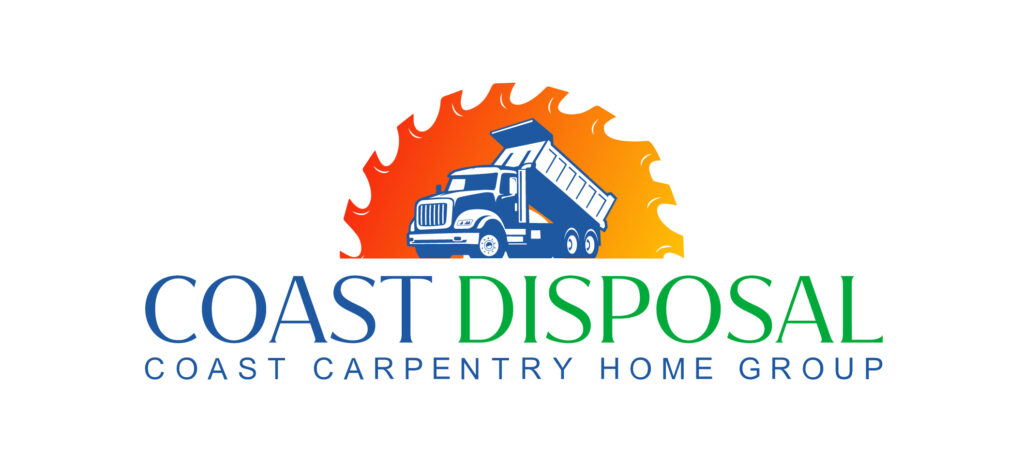Good drainage is essential for any landscape, especially in areas like Cape Cod, MA, where heavy rainfall can be common. Without proper drainage, your yard can suffer from water pooling, muddy patches, and even damage to plants and structures. Understanding why drainage matters can help you maintain a beautiful and functional outdoor space.
Water has a natural way of finding the lowest point in any landscape. If your yard does not have a proper drainage system, water can accumulate in unwanted areas. This can lead to several problems, such as soil erosion, root rot in plants, and even foundation issues in your home. Knowing how to manage water flow in your yard can save you from these headaches.
Effective drainage systems ensure that water moves away from your property and into appropriate channels. Setting up a good drainage system might seem complex, but it’s worth the effort. Proper drainage extends beyond avoiding problems; it also makes your yard more enjoyable and easier to maintain.
In this article, we will explore the role of drainage in landscaping, common problems you might encounter, and practical solutions to keep your yard healthy all year round.
Understanding the Role of Drainage in Landscaping
Drainage plays a crucial role in landscaping by managing the flow of water. Good drainage systems direct water away from your home and garden, preventing water from pooling in undesirable spots. Without proper drainage, heavy rainfall can flood your yard, leading to erosion, plant damage, and even structural issues with your property.
Plants need the right amount of water to thrive. Too much water can drown plant roots, leading to poor growth or death. Drainage systems help balance water levels in the soil, ensuring that plants get just the right amount. Effective drainage also prevents standing water, which can attract pests like mosquitoes.
Moreover, proper drainage helps protect your home’s foundation. Excess water can seep into the ground near your home, causing shifts in the soil and foundation cracks. By directing water away from the foundation, drainage systems help maintain your home’s stability.
Common Drainage Problems and Solutions
Various drainage problems can affect your yard, but there are solutions to address them. Here are some common issues and how to fix them:
- Water Pooling: Water pooling in your yard is a common problem that can create muddy patches and kill grass. To fix this, you can install French drains or a dry well to redirect water. Grading your yard to slope away from your home can also help.
- Soil Erosion: Erosion happens when water washes away soil, leaving bare spots and destabilizing plants. To combat erosion, plant ground cover or use mulch to protect soil. Installing retaining walls or terraces can also help control the flow of water.
- Clogged Gutters: Gutters clogged with leaves and debris can cause water to overflow and run down the sides of your house, leading to foundation issues. Regularly clean your gutters or install gutter guards to keep them clear.
- Poor Downspout Placement: Downspouts that release water too close to the house can cause foundation problems. Extend downspouts to direct water several feet away from your home, or install splash blocks to spread the water out.
- Hard Surface Runoff: Water running off sidewalks, driveways, and patios can flood your yard. Permeable pavers or creating drainage channels can help manage this runoff and guide it into appropriate drainage systems.
Addressing these common drainage issues can keep your yard healthy and prevent long-term damage to your property. Implementing these solutions ensures effective water management and helps maintain a beautiful landscape.
Benefits of Proper Drainage Systems
Having a proper drainage system offers many benefits for your yard and home. These systems keep your landscape healthy and protect your property from water-related damage. Here are some key benefits:
- Soil Erosion Prevention: A good drainage system helps to prevent soil erosion by controlling the flow of water. This keeps your garden beds and lawn intact, preventing unsightly bare spots and harmful soil loss.
- Enhanced Plant Health: Proper drainage ensures that plants receive the right amount of water without drowning their roots. This promotes healthier growth and prevents diseases caused by standing water.
- Foundation Protection: A drainage system helps prevent foundation issues by directing water away from your home. This stops water from seeping into the ground near your home, which can cause cracks and instability.
- Pest Infestation Reduction: Standing water can attract pests like mosquitoes and other insects. Effective drainage eliminates these water pools, reducing the likelihood of pest infestations.
- Property Value Increase: A well-maintained landscape with proper drainage can boost your property’s value. Potential buyers will appreciate a yard that is both beautiful and functional, without the risk of water damage.
Tips for Installing and Maintaining Drainage Systems
Installing and maintaining drainage systems requires careful planning and regular upkeep. Here are some tips to help you get started and keep your system working efficiently:
- Assess Your Yard: Identify areas where water collects and determine the best places to install drainage solutions. Look at your yard’s slope and consider where water naturally flows.
- Choose the Right Solutions: Depending on your yard’s needs, you may need French drains, dry wells, or surface drains. Each solution has its specific uses and benefits.
- Proper Installation: Ensure your drainage system is installed correctly. This may involve digging trenches, laying pipes, and setting up water entry and exit points. Consider hiring professionals to ensure the job is done right.
- Regular Maintenance: Regularly check and clean your drainage system to keep it clear of debris. This includes clearing any leaves, dirt, or other obstructions that could block water flow.
- Monitor for Issues: Watch for signs of drainage problems, such as water pooling or slow drainage. Address these issues quickly to prevent larger problems.
- Seasonal Checks: Before heavy rain seasons, inspect your system to ensure it is ready to handle increased water flow. Check for and repair any damage that may have occurred over the year.
By following these tips, you can ensure your drainage system remains effective, and your yard stays healthy.
Conclusion:
Drainage is a crucial aspect of landscaping that can’t be overlooked. From preserving soil health to protecting your home’s foundation, the benefits of an efficient drainage system are extensive. Addressing common drainage problems promptly and choosing the right solutions can prevent long-term damage to your landscape and property. Regular maintenance and careful installation further ensure that your yard remains an enjoyable and functional space.
A beautiful, well-drained yard enhances your home’s value and makes your outdoor space more enjoyable. If you’re in the Cape Cod, MA, area and need help with your drainage or any home improvement projects, Coast Carpentry Construction is here to assist. Our team can provide expert solutions to keep your landscape in top shape. Reach out to Coast Carpentry Construction today and let us help you create a healthier, more attractive yard with landscaping in Cape Cod.







